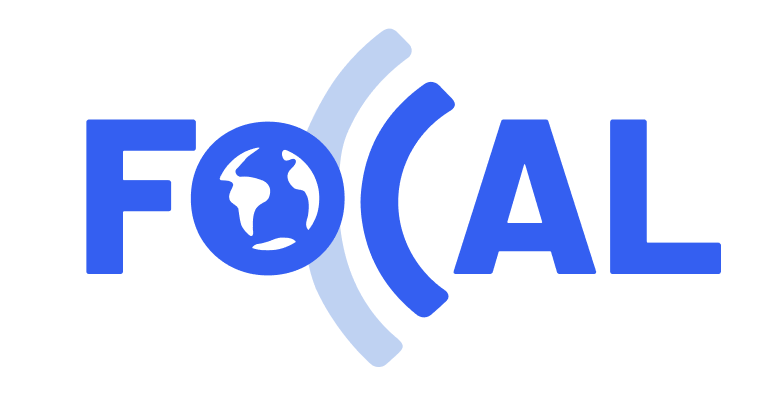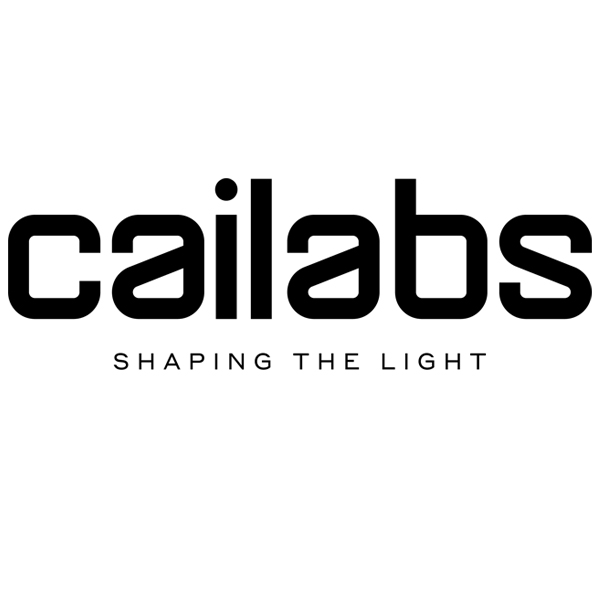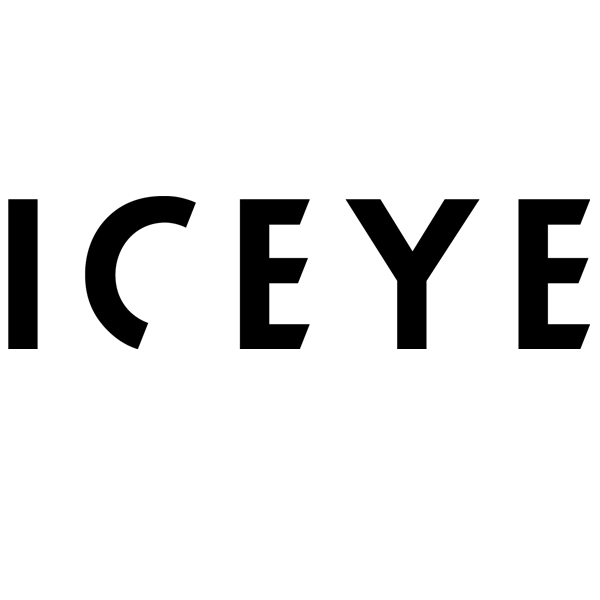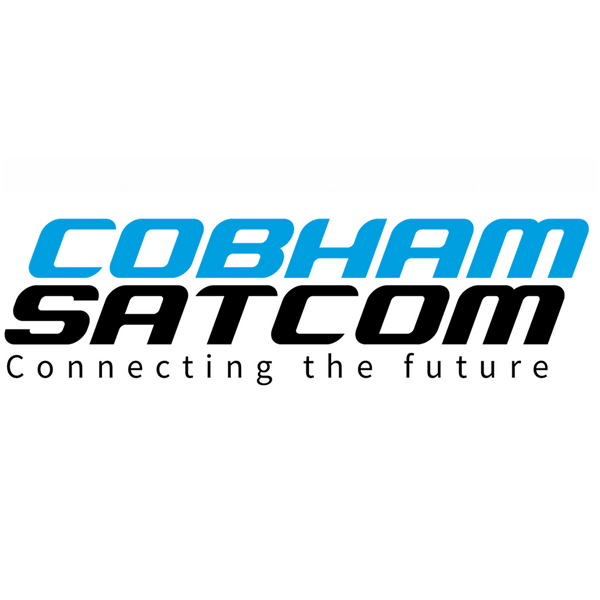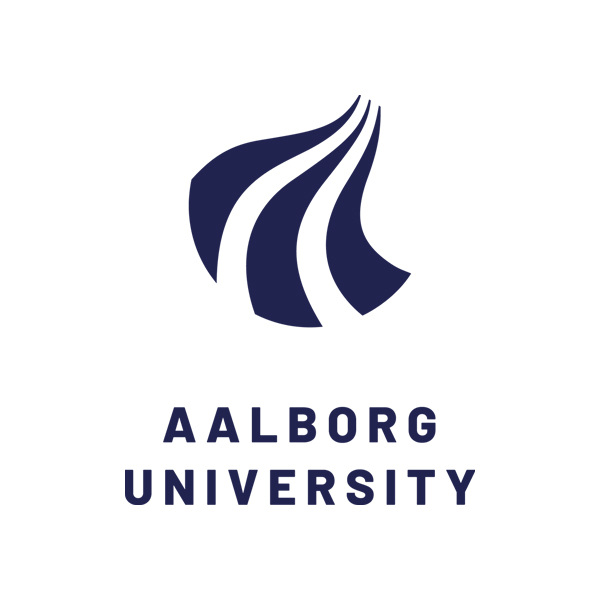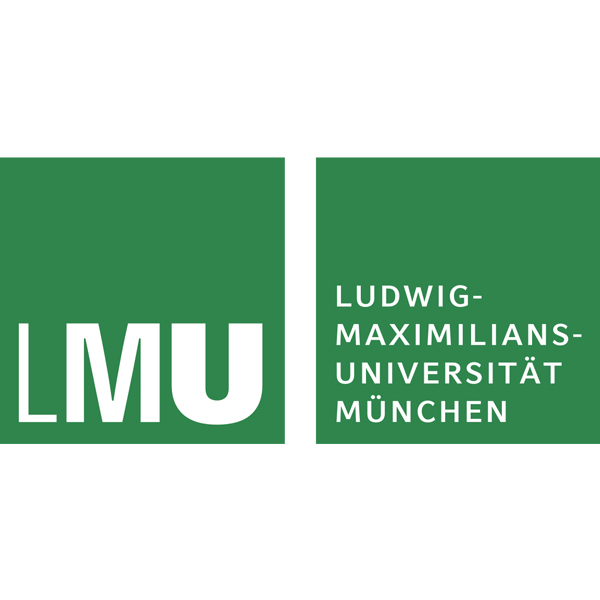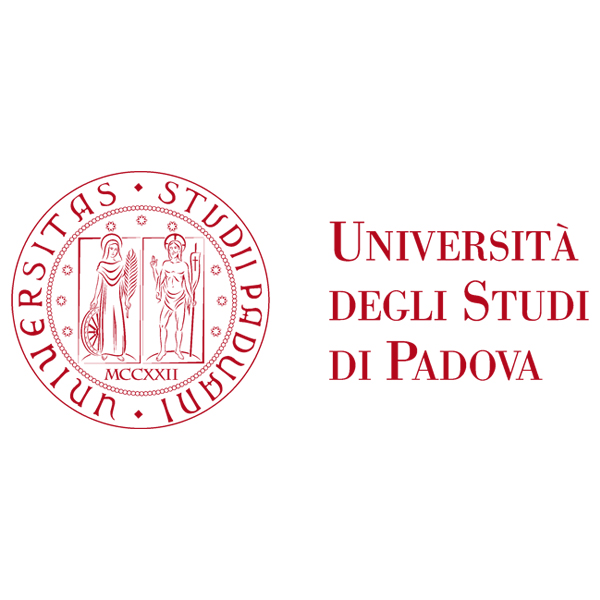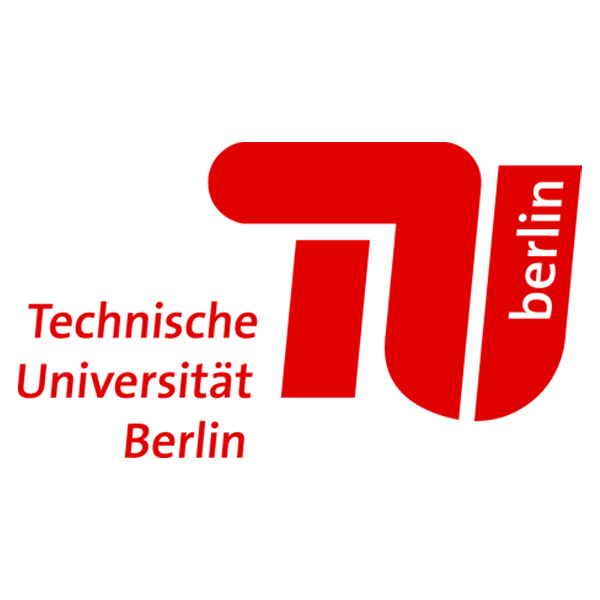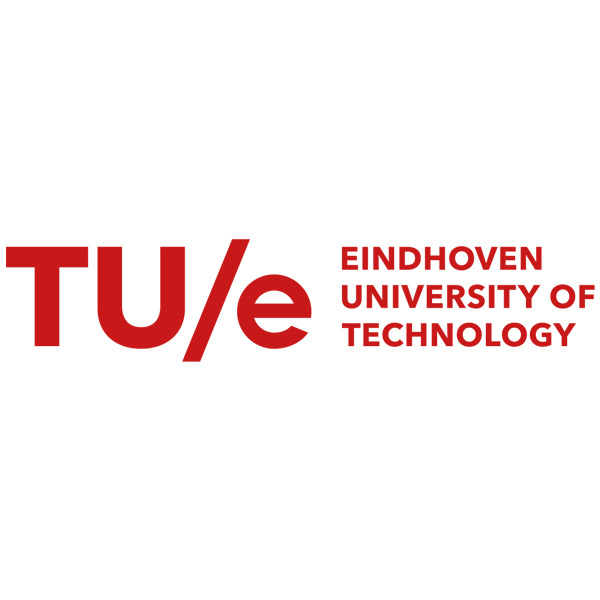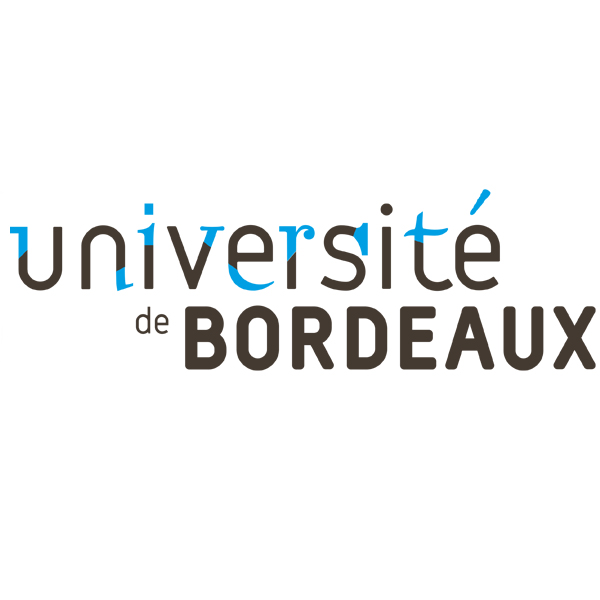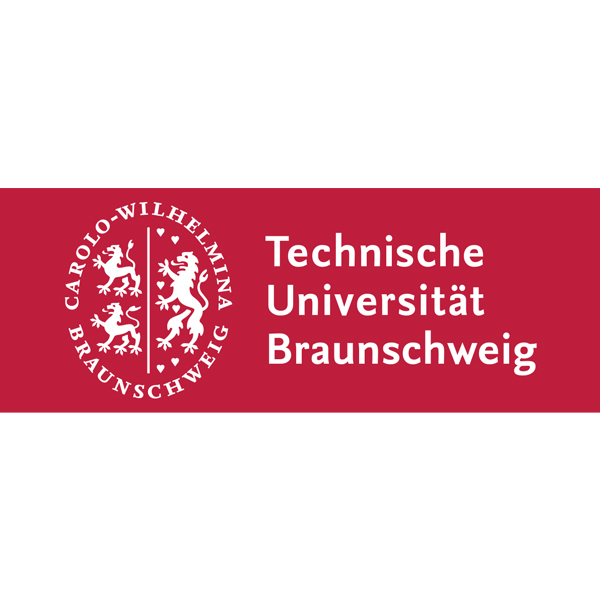Associated Partners
Free-space Optical Communications for Aerial-sateLlite networks
FOCAL gathers 26 partners from academic and private sector from 8 countries. Among them, 12 structures are involved in the Project as Associated partners.
1. Cailabs (CAI)
Founded in 2013, Cailabs is a French deep tech company that designs, manufactures and sells innovative photonics products for telecommunications and industrial lasers, including for space applications. Cailabs is a world leader in complex light shaping, and its innovative components play a key role in a variety of fields, from aeronautical wiring to factory premises networks. In particular, the beam shaping technology offers significant improvement of different technologies in Space Industry, including for optical feeder links for high throughput satellites to high-reliability and easy-to-deploy laser links. Cailabs is able to support optical link projects at different integration stages, from the component to the optical ground station.
2. ICEYE
ICEYE is a Finnish microsatellite manufacturer that operates the world’s first small SAR satellite constellation. ICEYE is a start-up of Aalto University with more with employees from over 45 countries. ICEYE delivers unmatched persistent monitoring capabilities for any location on earth. Owning the world’s largest synthetic-aperture radar (SAR) satellite constellation. The constellation provides different angle imaging multiple times a day for specified areas of interest. The constellation is constantly growing and will provide previously unavailable imaging capabilities and access, allowing quick tactical acquisitions as well as global revisit rates multiple times a day for customers in sectors such as insurance, natural catastrophe response and recovery, security, maritime monitoring and finance. ICEYE has raised a total of $304M in financing since 2015.
3. Cobham Satcom (COB)
Cobham Satcom A/S (former Thrane & Thrane) is a Danish independent provider of satellite communication equipment with the headquarter in Lyngby. Cobham Satcom has 3 primary development sites – Lyngby (DK), Aalborg (DK) and Concord (US). It has more than 500 employees worldwide (>350 in Denmark) and is 100% owned by Advent international Inc. Over the past > 40 years, the company has been market-leading in provided radio and SatCom solutions and services for the maritime and land segments, delivering business- and mission-critical connectivity to a broad range of service providers, enterprises, and government customers. The products span from satellite ground station equipment (tracking antennas for tactical use, RAN) to terminals for IoT, Maritime, Safety, etc.).
4. Aalborg Universitet (AAU)
Aalborg Universitet, located in Aalborg (Denmark), is the 2nd highest ranked European University in the subject area Electrical & Electronics Engineering since 2019, according to the Shanghai Ranking. Specifically, the Electronic Systems department at the Technical Faculty of IT and Design (TECH) is one of the largest departments at AAU. It is internationally recognized for its contributions within Information and Communication Technology. It has approximately 200 permanent employees, which besides their educational activities, cover a range of research topics related to communication, antennas, control, digital signal processing, and acoustics. A large part of the research activities is conducted with international partners and industry.
5. Ludwig-Maximilians-Universität München (LMU)
The group of Experimental Quantum Physics is a research and teaching unit of the Faculty of Physics at the LMU Munich. Its competences are in quantum technologies and experiments in quantum information processing. Topics currently under investigation are photonic entanglement and distribution of atom-atom entanglement, along with applications like quantum cryptography over satellite links, entanglement-based quantum communication and components for future quantum networks.
6. Università di Padova (UniPD)
Dating back to 1222, the University of Padova (UniPD) is one of the oldest universities in the World and one of the leading Universities in Italy with a long tradition and consolidated reputation for scientific excellence. The University of Padova is recognized among the best Italian universities, with 60,000 students and about 2,300 professors and researchers employed. The Department of Information Engineering is among the most active in international top-level research activities. It has been ranked as the best in Italy in its discipline since the introduction of the national ranking, four years ago. It has been named Department of Excellence in the first selection among all university departments in Italy.
7. Technische Universität Berlin (TUB)
The Technische Universität Berlin (TUB) is one of the largest technical universities in Germany. The university’s seven faculties and its 40 institutes offer approx. 130 courses of study from the fields of engineering and natural sciences, economics and business, planning sciences, humanities and the social sciences. The TUB has long-standing experience in the administration of EC grants (FP 7: 211 contracts (thereof 21 coordinated collaborative projects), Horizon 2020: 160 contracts (thereof 20 coordinated collaborative projects) and Horizon Europe: 23 contracts, thereof 3 coordinated collaborative projects so far). The TU Berlin received approx. 175 million. € funding (from FP 7 to Horizon Europe).
8. Technische Universiteit Eindhoven (TU/e)
Eindhoven University of Technology (TU/e) is a young university, founded in 1956 by industry, local government and academia. Today, their spirit of collaboration is still at the heart of the university community. Within the Department of Mechanical Engineering, the section Control Systems Technology aims to develop new methods and tools in the area of Systems Theory, Control Engineering and Mechatronics. The research focuses on understanding the fundamental system properties that determine the performance of engineered systems and exploiting this knowledge for advanced controller synthesis and design of the high-tech systems of the future. By bringing these technologies together and working from an engineering science perspective, TU/e is uniquely able to transfer research into sustainable real-world applications. By focusing on society’s needs, the University will pave the way for these exponential technologies in computing, communication and sensing.
9. Université de Bordeaux (UBx)
The University of Bordeaux (France), heir to a history of nearly six centuries, is a multidisciplinary university. Regarding the FOCAL project, the research activities will be carried out in the Laboratoire Photonique Numérique Nanosciences (LP2N), a joint research unit between Université de Bordeaux, Institut d’Optique Graduate School, and CNRS (Centre National de la Recherche Scientifique). The research at LP2N is highly multidisciplinary, involving laser technologies, nanophotonics, biophotonics, quantum matter waves and images processing. LP2N is one of the research units of the Institut d’Optique that conducts, since its creation in 1917, advanced research, education and valorization activities towards optics and photonics. In 2022, Alain Aspect, CNRS research professor emeritus at the Charles Fabry Laboratory of the Institut d’Optique was awarded the Nobel Prize in Physics for his pioneer work on Bell inequalities with entangled photons.
10. Technische Universität Braunschweig (TUBS)
The institute for communications technology, headed by Prof. Dr.-Ing. Eduard A. Jorswieck, conducts research in three departments: Mobile Radio Systems (Prof. Kürner), Information Theory & Communication Systems (Prof. Jorswieck and Electronic Media Group Prof. Reimers) and Signal Processing & Machine Learning (Prof. Fingscheidt). We work on many international projects and maintain worldwide cooperations with research institutions, industrial cooperations and public institutions. State-of-the-art and cutting-edge mathematical methods and tools are applied to systematically model, analyse and design modern communication systems, including cellular beyond 5G and 6G, wireless local and body area networks, molecular communications, and information-theoretic secure communications.
